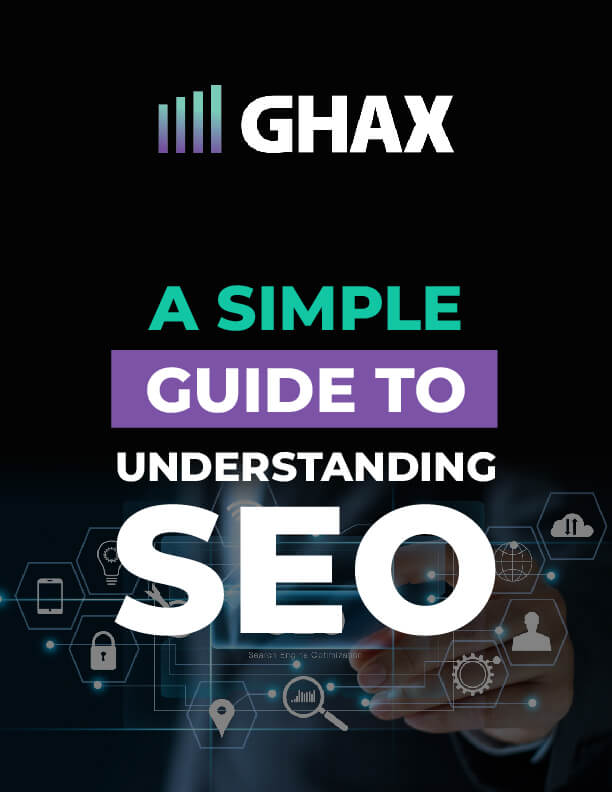There are over 1.2 billion websites online and that number literally grows every second.
People very rarely go past the first page of search engine results. So companies that want to get noticed must take action to improve their site rankings or they will be lost in the shuffle.
Two of the primary online marketing strategies are search engine optimization (SEO) and search engine marketing (SEM). These terms are often used interchangeably, but there are several key differences. Understanding the basics between SEM vs SEO will help you to determine how to best spend your marketing budget.
SEM and SEO both have the same goal of making your website more visible to search engines. They can each be a valuable component of your marketing plan if you understand how to properly use them.
The Basics of Search Engine Optimization (SEO)
Search engine optimization focuses on free website traffic that comes through organic searches. Site rankings are improved by using technical strategies to optimize your website.
Optimized sites make it easier for search engines to understand their contents. Search engines also favor sites that have:
- Easy navigation
- Fast loading times
- Mobile responsiveness
- Clear benefits to the end user.
Companies using an SEO strategy can benefit greatly from consistently producing valuable content. Blog posts and web pages need to include keywords but must also be reader-friendly.
The best search engine optimization methods use both on-site and off-site strategies.
On-Site SEO
On-site SEO works by applying rules to your blog or website to make them more search-engine-friendly. It includes techniques like:
- Using H1 and H2 headers
- Optimizing images
- Correctly formatting URLs
- Using proper keyword density
- Optimizing post titles
- Proper use of meta tags
- Having a useful sitemap
- Using good descriptions
- Optimizing page speed
- Incorporating well-written copy
- Adding social media sharing integration
Off-Site SEO
Off-site SEO increases the trust level of your site in the eyes of search engines. It does this by getting attention and recognition from other reputable sites.
Common off-site SEO techniques include:
- Quality backlinks (inbound links)
- Keywords used in link anchor text
- Increased traffic from social media sharing
- Recognition from social bookmarking sites (Reddit, Stumbleupon, Digg)
When you’re doing Off-site SEO it is very important to have a good management tool that can help you with your tasks. Linkio.com can be a huge time saver and also will automate your process and give you the exact link building game plan for any target website.
If your business is targeted to a specific geographic area, you can also benefit from local SEO strategies to further increase your web traffic. This may include local directory listings, reviews on social media, Google and Yelp, and a listing on Google’s My Business page.
The Basics of Search Engine Marketing (SEM)
Search engine marketing uses various methods like pay per click (PPC) and banner advertising to increase site visits. The benefit of SEM vs SEO is that the business owner has full control over the keywords used, websites that are targeted, and the overall budget.
The most popular element of SEM is pay per click (PPC) advertising, also known as cost per click (CPC) advertising. Google Adwords is the most popular of the bunch. Bing Ads and Yahoo Search Ads also offer PPC advertising options, but it’s all about Adwords.
Using this strategy, businesses purchase a spot at the top of a search engine results page (SERP) above the organic search results. This is also known as “above the fold” advertising. The advantage is that you only pay when a user clicks on the ad.
Rankings are determined by the highest bidder. Google also factors in a formula based on the number of clicks received.
Surprisingly, the top two spaces are not the most coveted. The third through fifth positions are much less expensive and equally as valuable.
Creating a Pay-Per-Click Ad Strategy
PPC strategy involves creating clear advertisements and bidding on top keywords. The five key components of a successful PCP plan are:
- Creating targeted campaigns with a specific audience in mind
- Using keywords to create ad groups
- Writing ad copy that is relevant and naturally includes the chosen keywords
- Committing to a budget for ads
- Monitoring your results (click-through rates, impressions, average cost per click)
Online, people are typically looking for the answer to a question or a solution to a problem. When relevant ads show up at the top of the search page, users are more likely to click on them, and those clicks are more likely to convert. This is one of the advantages of SEM vs SEO.
Other SEM Advertising
Another method involves purchasing banners or other ads to be placed on related authoritative websites. These ads are usually sold based on a monthly fee or cost per impression.
This type of advertising significantly increases traffic to your site. There is some debate, however, as to whether it improves conversion rates.
Potential Drawbacks of SEO
Search engines like Google, Yahoo, and Bing are in the business of providing quality search results to users. Their job is to ensure that users get the information they’re looking for. If users are disappointed with the results, they will quickly move on to another search engine.
To keep up with user demands, Google and other search engines must frequently update their algorithms. When these changes are made, a previously high-ranked site can quickly drop down several pages in the search results.
It is also possible to over-optimize your site which can reduce your rankings as well. Plus, using unscrupulous methods to increase rankings can actually result in your site being banned from search engines altogether.
Businesses looking to optimize their sites should work with a professional who can proactively stay on top of trends. SEO strategy is not a “set it and forget it” marketing method. SEO analytics should be monitored regularly so that adjustments can be made quickly if rankings start to fall.
Potential Drawbacks of SEM
The primary drawback of SEM vs. SEO is the potential increase in costs. Search engine marketing relies on a bidding method for keywords. The companies that pay the most receive the greatest amount of exposure.
The drawback comes when your target keywords suddenly become more popular. This can result in your costs increasing exponentially for the same ranking results.
Keywords grow in popularity when there is a news event or other trend that spikes public interest. If your business is based on this event or trend, it’s a positive for you. However, it can put a significant dent in your SEM strategy.
If you choose SEM vs. SEO, you must be prepared to cover the ongoing costs.
There is also the possibility of click fraud. This occurs when a competitor purposely clicks on your ad repeatedly with the intention of depleting your funds. Providers of PPC advertising say they have methods in place to detect fraud, but the effectiveness of these methods have not been proven.
Choosing Between SEM vs. SEO
When choosing how to direct your marketing plan, you must consider your desired end goal. Both SEM and SEO methods seek to increase click-through rates and conversions. The unique features of SEM vs. SEO makes each one more or less effective for certain business types.
If you choose to start a campaign using SEM vs. SEO, you should ensure that your website is optimized. Your site should include quality content before purchasing PPC ads. People who are attracted to your site through paid advertising will quickly move on if they land on a poor-quality site without relevant information.
SEO can be significantly less expensive over the long-term than an ongoing SEM strategy. Once your site has been optimized, it’s easier to keep rankings high as long as you maintain it.
Some ongoing effort is required to maintain an optimized site. You must consistently post quality content and regularly promote your site on social media and other platforms. Some may say that there is less time required to use SEM vs. SEO strategies.
For newer sites that haven’t had the time to build up credibility, SEO can be an incredibly slow process. It can take a year or longer to achieve decent Google site rankings. For this reason, paid SEM is often the preferred method for newer businesses.
A strategic SEM strategy can instantly drive qualified leads to your site and quickly increase your visibility. The amount of traffic that you can receive is limited only by your budget. In the long-term, however, paid SEM should not be considered a substitute for a well-honed, organic SEO strategy.
Whether through organic searches or paid advertising, sites that rank on the top of the results page are likely to get better traffic. You should remember that site traffic is really a secondary goal. Your number one focus should be on getting the maximum number of qualified and relevant visitors to your site in relation to your online advertising budget.
The most effective online marketing strategies often do not require you to make a choice between SEM vs. SEO. Instead, they combine the two into a comprehensive plan that includes other strategies for getting higher Google rankings.
Do you need help creating an effective strategy for your business? Contact us today to discuss your specific needs. We’re happy to offer you a consultation and a free audit of your current site.




